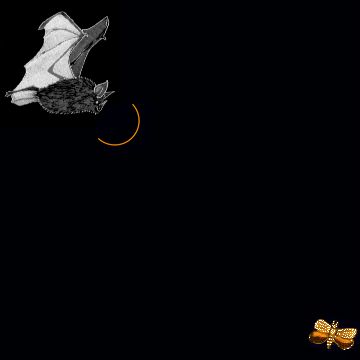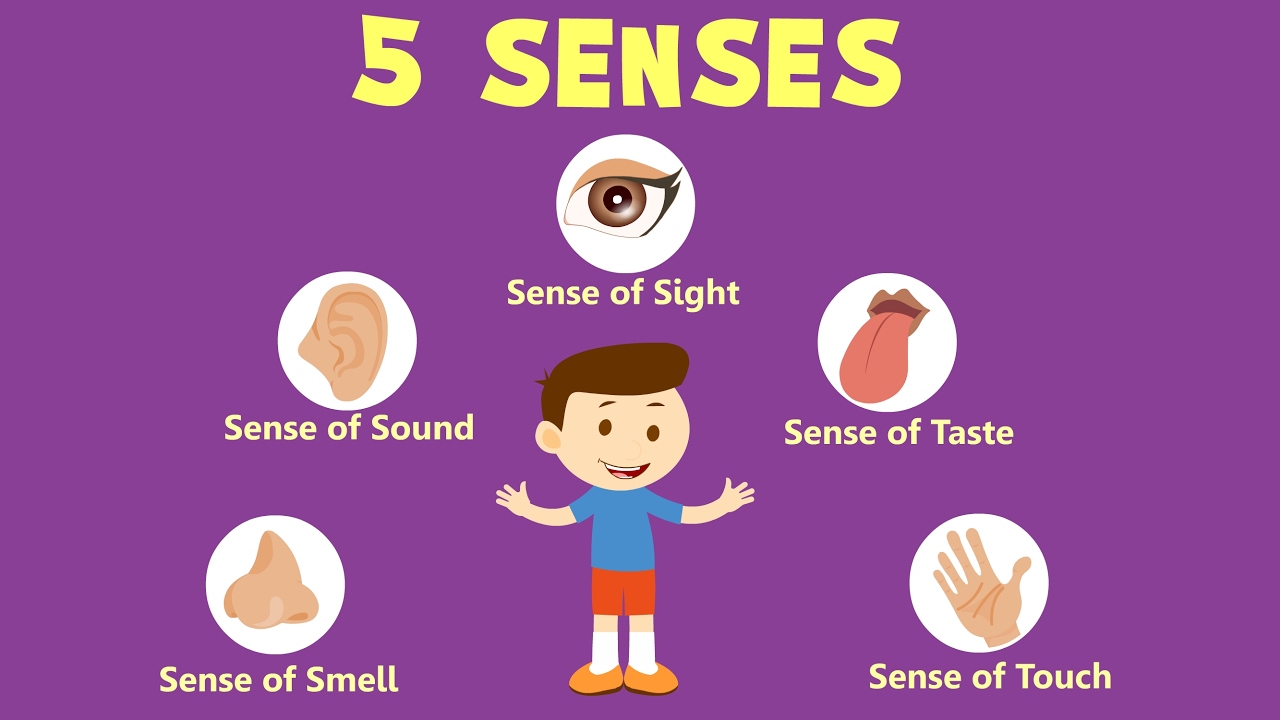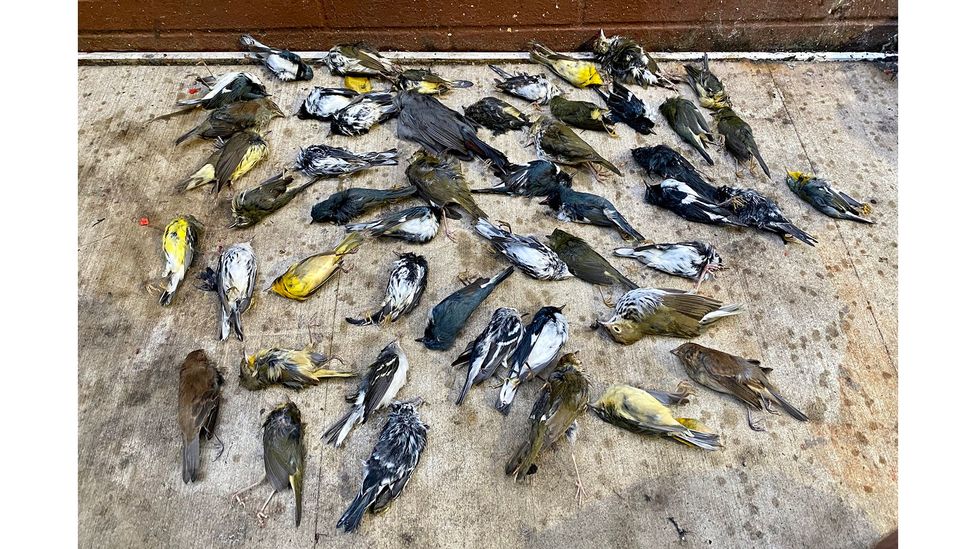It was Aristotle who first described what we now call the ‘Five Senses’, that is Sight, Hearing, Smell, Touch and Taste. Now for we humans sight dominates, we are very visual creatures with our other senses taking a secondary roll. Even our language is sight oriented, we ‘see what someone else is talking about’ or a smart person can be referred to as ‘bright’.

Aristotle thought that animals shared the same five senses as we did but today we know that the animal kingdom has members for whom senses other than sight predominate, like dogs whose view of the world is based more on smell than sight or an owl who hunts its prey by sound rather than sight. What Aristotle never imagined was that some animals could possess senses that we humans have no awareness of, the echolocation of dolphins and bats or the electrical senses of many species of fish.

‘An Immense World’ by author Ed Yong is all about the variety of senses animals possess and the way those senses effect the animal’s view of the world. Early on in ‘An Immense World’ Young introduces the term ‘Umwelt’ coined by the German biologist Jakob von Uexküll in 1909 to describe the perceptual world that each species would have based upon those senses it possesses and how it uses them to survive. This concept serves as a focal point for Yong’s broad survey of animals and their senses.

Now throughout my life I have read about or watched TV documentaries about different animals and how they use their different senses so I already had a good understanding of how bees can see in the ultraviolet portion of the electromagnetic spectra or how rattlesnakes can see in the infrared. So I was already familiar with a good bit of the things ‘An Immense World’ describes. Nevertheless in ‘An Immense World’ Ed Yong is so thorough and detailed that I still learned a great deal.

In ‘An Immense World’ Ed Yong proceeds from the most familiar of the senses, like vision and first talks about how that sense differs in other animals, like colour blindness in dogs and most other mammals. As each kind of animal is mentioned we get a little further from human senses, like the compound eyes of insects or the way clams simply have a series of photosensitive cells along the rim of their shells. For each species the way they use their sight is discussed, whether it be to find prey, escape predators or even find a mate. Yong then proceeds to each human sense in turn, hearing, smell, touch and taste and starting with how we use that sense he describes how that sense can differ in other creatures and how they use it.

It’s after spending several chapters concerning the senses we possess that ‘An Immense World’ goes on the describe those senses that were unknown to Aristotle, echolocation or sonar, and electrical senses like those of the electric eel, although many other fish also possess it as a sense. The ability of some species to actually detect magnetic fields, usually the Earth’s magnetic field to use in migration, is given a whole chapter to itself because it is still the one we know the least about. The penultimate chapter is about how every species, even we humans, use all the senses they possess together in order to understand the world around them and survive in it.

Finally Young uses the last chapter to describe how we humans, in altering the world to suit ourselves, are attacking the senses that other species use to live. Light pollution is disrupting the lives of nocturnal animals while noise pollution and chemical pollution are hurting those species that ‘see’ the world through sound or smell.

I do have a couple of small criticisms of ‘An Immense World’. As someone who spent most of his career as an electrical engineer I found a couple of tiny factual errors in the chapters on the electrical and magnetic senses. During one of his interviews with an ichthyologist Yong places his hand in a tank with an electric eel and gets a 90V shock that he describes as being electrocuted. Well, technically you’re only electrocuted by a shock if you die, not when you just get hurt. Then, in the sections on the electric and magnetic senses Yong mentions how the senses of sound and smell have a built in delay because they travel at a certain speed while the electromagnetic senses are ‘instantaneous’. Well no, electromagnetism may be a lot faster than sound or scents but it’s not instantaneous, it travels at the speed of light. I know I’m being a bit pedantic but still those are still errors.

One other thing I would have liked to see was a chapter on the senses possessed by plants, which is actually a growing field of research. We know very little about how plants sense the world but we’re finding out more every day. Many, possibly most plants are light sensitive but every day researchers discover more and more evidence of the sense of touch in plants, think of how a Venus Fly Trap knows when an insect has landed in one of its traps. A quick review of plant senses would have been a great addition to the book.

Nevertheless ‘An Immense World’ is a wonderful book, full of details about the endless variety of life here on Earth. Whether you’re familiar with the way animals senses work or this is an entirely new subject you’ll learn a lot, and do so in an enjoyable way, if you read ‘An Immense World’ by Ed Yong.
